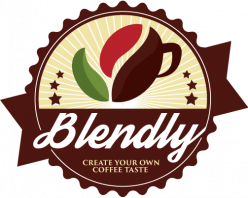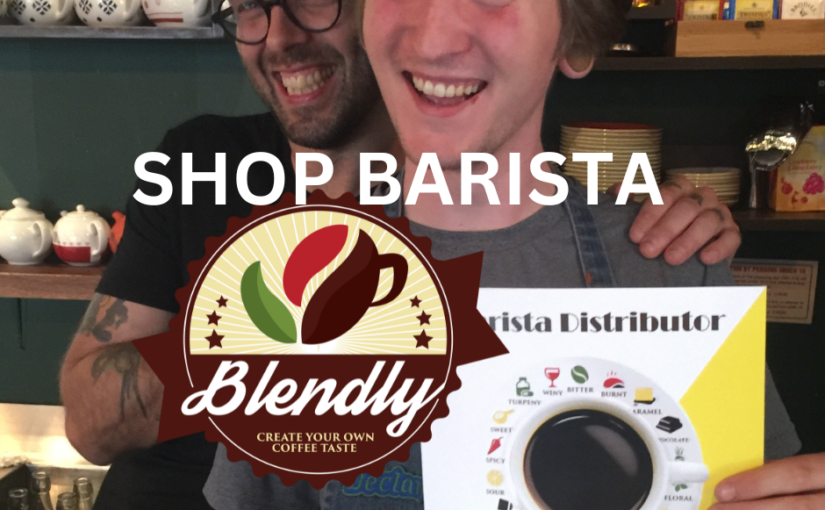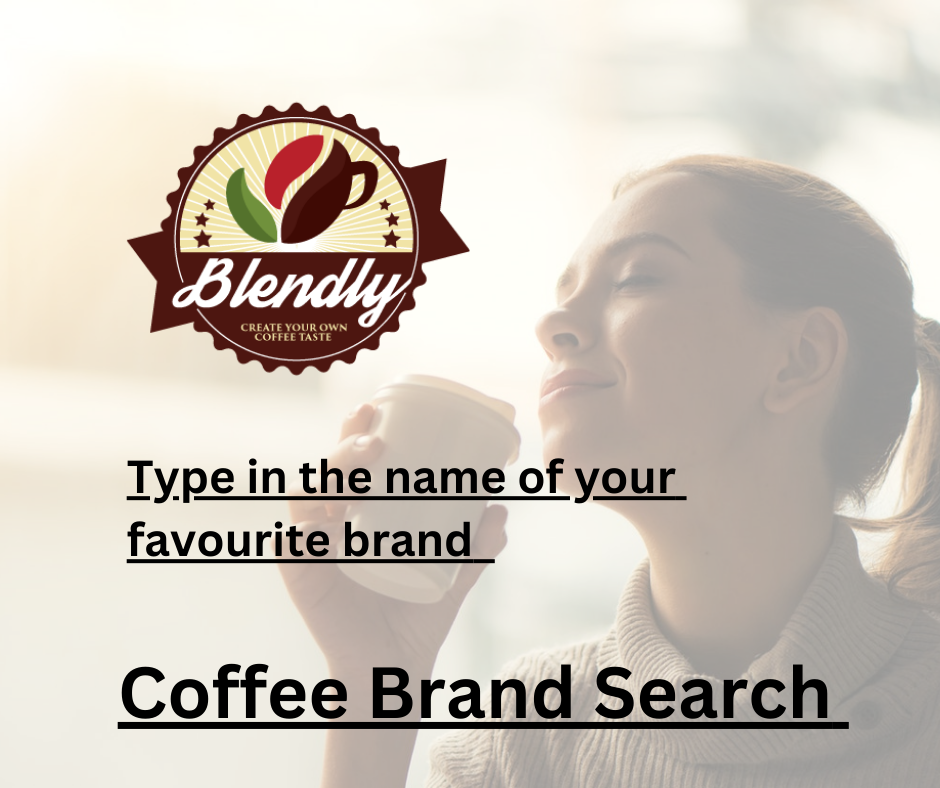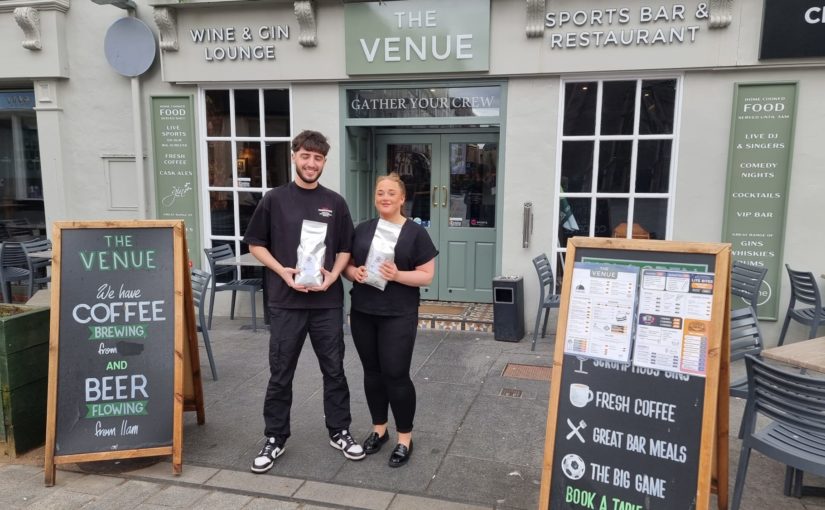Discover Blendly: Elevating Coffee with Personalized Roasting
In the world of coffee, Blendly.co.uk is making waves with its innovative approach to roasting. If you’ve ever wondered how to transform your coffee experience, the “What is Blendly?” video provides an insightful overview of this groundbreaking service. Let’s dive into the essence of what makes Blendly unique and how it can revolutionize your coffee routine.
Watch the Video: What is Blendly?
Watch the video here to get a firsthand look at Blendly’s innovative service. The video offers a detailed explanation of how Blendly connects coffee lovers and businesses with expert roasters to create personalized coffee blends.
What is Blendly?
Blendly.co.uk is an online platform that redefines how we experience coffee. By facilitating direct interaction between coffee enthusiasts and expert roasters, Blendly allows users to customize their coffee blends to suit their exact tastes and preferences. Here’s a closer look at what Blendly offers:
- Personalized Coffee Blends: Blendly lets you work closely with roasters to develop a blend that’s uniquely yours. Whether you prefer a rich, bold flavor or a subtle, aromatic profile, Blendly’s customization options cater to your specific needs.
- Expert Roasting: With Blendly, you’re not just buying coffee; you’re engaging with professionals who bring their expertise and passion to every roast. The platform ensures that each blend meets high-quality standards and delivers exceptional flavor.
- Sustainability: Blendly’s low-carbon supply chain emphasizes sustainability by reducing intermediaries and streamlining processes. This approach not only minimizes environmental impact but also enhances the value delivered to customers.
Why Blendly Stands Out
The video highlights several key aspects that make Blendly a standout choice:
- Direct Interaction: Blendly’s platform allows for direct communication with components that make up the everyday bag of coffee, fostering a deeper understanding of your coffee’s journey from bean to cup.
- Customized Experience: The ability to create a bespoke blend ensures that your coffee experience is tailored to your preferences, offering a unique and satisfying drink every time.
- Predictive Ordering: For businesses, Blendly’s predictive ordering technology streamlines supply management, ensuring a consistent and reliable coffee supply.
The Impact on Coffee Lovers and Businesses
For coffee enthusiasts, Blendly transforms your coffee routine by offering a personalized touch that enhances your enjoyment. You can experiment with different blends and flavors, knowing that each cup is crafted just for you.
For businesses, Blendly provides a competitive edge by offering exclusive blends and efficient supply chain solutions. The platform’s focus on quality and sustainability aligns with modern consumer values, helping businesses attract and retain customers.
Conclusion
Blendly.co.uk is more than just a coffee roasting service; it’s a gateway to a personalized and sustainable coffee experience. By watching the video, you can gain a deeper appreciation of how Blendly’s innovative approach is reshaping the coffee industry. Whether you’re a passionate coffee lover or a business looking to enhance your offerings, Blendly provides the tools and expertise to elevate your coffee experience to new heights.
Feel free to check out the video for a visual introduction to Blendly’s unique services and how they can make a difference in your coffee journey.












